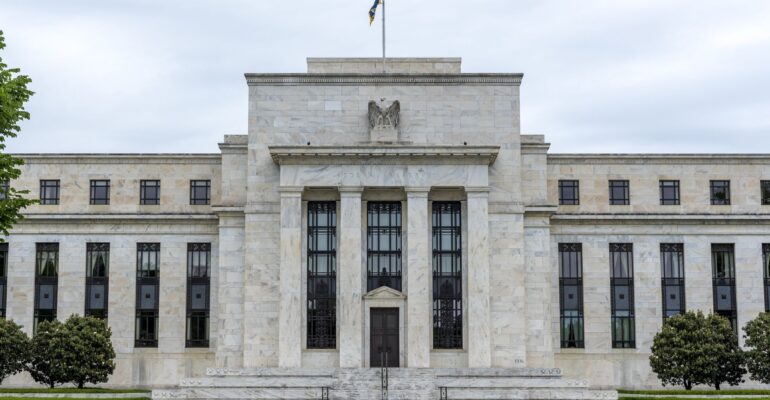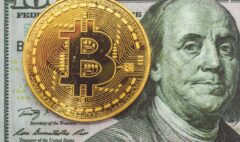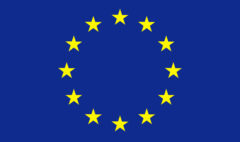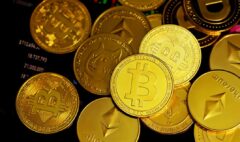Where will Interest Rates go in the US?
May 29, 2022 2022-05-29 19:40Where will Interest Rates go in the US?
Where will Interest Rates go in the US?
There is no doubt that the current US interest rate has been a historical shift in monetary policy. After the much-needed stimulus package and financial relief the US employed to support its economy during the COVID-19 pandemic, the repercussion has been more than doubled the previous year’s target inflation rate by the Federal Reserve at a record 8.5% in the month of April.
It left the Federal Reserve with little to no choice but to try its best to curb the alarming inflation rate by shifting to a contractionary or tightening monetary policy of increasing its interest rates to discourage economic expansion and control the inflationary pressure in the country.
How Do the Federal Reserve Members Feel about the Current Interest Rate?
The current Chairman of the US Federal Reserve, Jerome Powell, made noteworthy remarks at the Wall Street Journal’s Future of Everything Festival. He stated, “The Fed’s resolve in combating the highest inflation in 40 years should not be questioned or doubted. It will remain unflinching in this direction, even if it means pushing up unemployment.”
However, he added, “The Fed’s stopping point for rate increases is uncertain. If inflation does not show signs of diminishing soon, more FOMC members could conclude that rates need to rise closer to 4% over the next 12 to 18 months, rather than just 3%.” Essentially, he did not diverge from his past views; however, he strengthened the certainty that the FOMC will utilize any monetary tool at its disposal to handle inflation.
Furthermore, the President of St. Louis Federal Reserve Bank, James Bullard, expressed that the US Federal Reserve must “front-load an aggressive series of interest-rate hikes to push rates to 3.5% at year’s end, and if successful, “would push down inflation and could lead to policy easing in 2023 or 2024.”
In a business interview, Bullard expressed, “We have to get inflation under control, and I think we have a good plan to do so,” Bullard added, “Fifty basis points is a good plan for now. But, as always, we have to pay attention to incoming data on the economy and inflation. You can never make ironclad promises in this business, but we will see how this goes.”
Lastly, the President of the Federal Reserve Bank of Atlanta, Raphael Bostic, has echoed its desire to halt the continuous aggressive increase of interest rate by September this year. However, he reiterated that his forecast is conditional on his outlook for slowing growth with inflation slowing by the fall of this year. Nevertheless, he stressed that he might welcome continued aggressive hikes or even more significant increases if that doesn’t occur.
The Upcoming June FOMC Meeting
The Federal Open Market Committee (FOMC) meeting, a two-day press conference by the US Federal Reserve, will be held on June 14 & 15. Recent reports have set a mood that the FOMC will likely increase the current interest rate by at least 50 basis points. This is following the disclosure of the Federal Committee’s minutes which revealed the planned increase in both June and July of this year.
According to IIFL Securities, a prominent Asian Financial Company, “Monetary policy in the US may have to move beyond the Neutral zone and into restrictive territory.” It added, “Fed could risk some impact on growth to ensure that rampant consumer inflation at above 8% is quickly brought under control.”
On the other hand, the minutes also revealed that most of the committee members are now of the view that over the next couple of meetings, 50 bps hikes may be inevitable to curb this year’s inflation rate and bring back the economy to its pre-pandemic inflation level.







